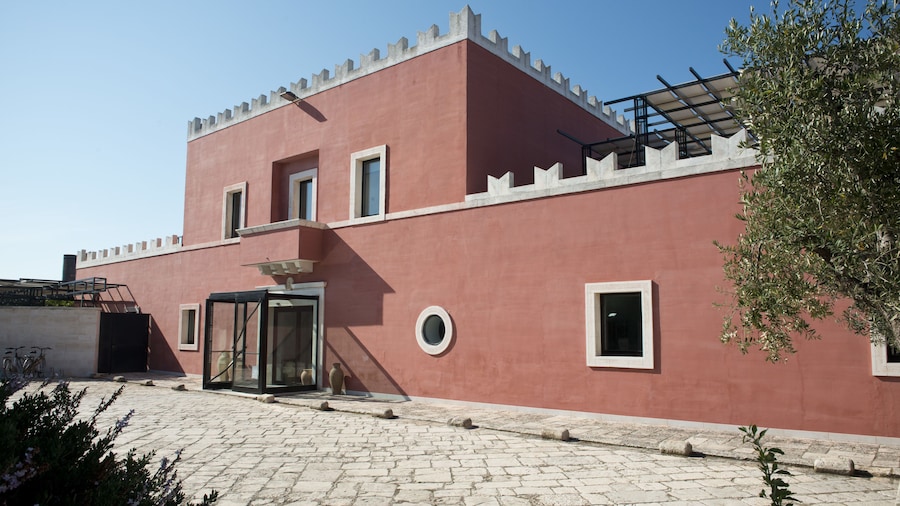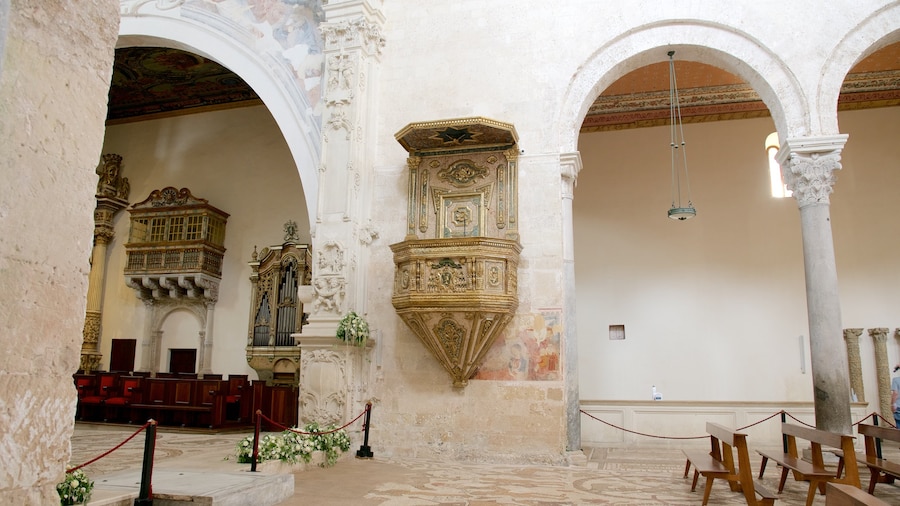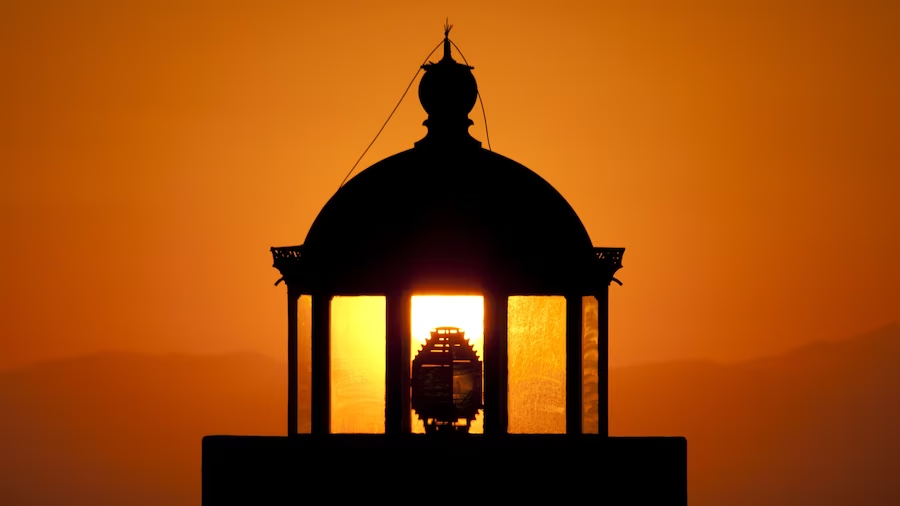Gripping Gothic fiction and centuries of fascinating history meet in the formidable walls and towers of Otranto’s impressive medieval castle.
Many people know of the Otranto Castle (Castello Aragonese) as the setting of the first novel written in the Gothic genre. The real history of this venerable fortress, however, is just as fascinating as the fiction that made the castle famous. Learn about the sieges and sackings that have shaped the story of this centuries-old castle.
A fortress has stood on this site for far longer than its current iteration has been here. Otranto’s position as the easternmost city in Italy has made it susceptible to attack. In 1067, invaders laid siege to it and ruined the fortress. Although it was rebuilt in the 1200s, the city’s defenses were further destroyed in 1480 during the Sack of Otranto. Visit the castle today to see how it has looked since it was rebuilt after that calamitous defeat.
Wander around the edge of the castle and marvel at its seemingly impenetrable walls. Look for three different towers at the corners of the walls and spot the lawns where the moat used to be. A coat of arms located above the entrance represents Emperor Charles V.
Cross the drawbridge and head inside to explore inside the fortifications. Stride around the ramparts for views of the Mediterranean. On a clear day you can see the mountains of Albania from the curtain wall.
Read about the massacre of over 800 locals who refused to convert from Christianity to Islam during the Sack of Otranto. Step inside the Triangular Hall, a celebrated example of military architecture. Remnants from the castle’s past, including murals on the walls and ancient cannonballs, can also be found inside.
As you explore, imagine yourself in a work of Gothic fiction. Horace Walpole wrote The Castle of Otranto in 1764, a work that is now widely regarded as the first Gothic novel. Interestingly, he never visited the castle itself despite making it famous.
Otranto Castle is open every day except Sundays. The courtyard occasionally hosts exhibitions and events that come with an extra admission fee. Find the castle on the waterfront, just a 3-minute walk from Otranto Cathedral.
































